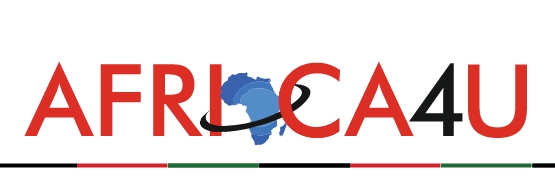(3 Minutes Read)
Stears Consumer Intelligence Report 2024 puts Kenya alongside South Africa, Botswana, Cabo Verde, Eswatini, and Namibia as an advanced consumer market. The classification means that Kenya and the four other countries in the category have large and diverse consumer classes, with significant purchasing power and consumption patterns similar to developed nations. The countries have advanced financial inclusion, a predominantly formal workforce, high income, and extensive electricity access
Kenya is among the countries in Sub-Saharan Africa whose consumer spending is looking positive after a rough 2023 characterized by a high cost of living.
In the assessment of consumer market potential in sub-Saharan Africa, Stears Consumer Intelligence Report 2024 puts Kenya alongside South Africa, Botswana, Cabo Verde, Eswatini, and Namibia as an advanced consumer market. The classification means that Kenya and the four other countries in the category have large and diverse consumer classes, with significant purchasing power and consumption patterns similar to developed nations. The countries have advanced financial inclusion, a predominantly formal workforce, high income, and extensive electricity access.
The report notes that Kenya, after facing economic challenges in 2023, is on a path to recovery, as evidenced by its successful Eurobond issuance and the resultant boost in external financing. Through the support of international lenders and a proactive monetary policy, the Kenyan shilling appreciated by about 16 percent in 2024, marking a significant recovery from the previous year’s decline.
Kenya’s inflation has also been decreasing to 6.3 percent in 2024 from 9.1 percent in 2022, aided by favorable agricultural outputs and a stabilizing currency. The positive macroeconomic trend, reflected in the rising Purchasing Managers Index, signals growth across key sectors like tourism, manufacturing, and IT.
The report reveals that 59 percent of Sub-Saharan Africa’s consumer potential is distributed across 27 countries. This includes major economies like South Africa, which is expected to hit a nominal GDP of US$401 billion in 2024, surpassing Nigeria as the largest SSA economy. Countries such as Cape Verde, Senegal, Ethiopia, and Tanzania also display promising consumer market growth.
A significant portion of SSA’s markets, approximately 44 percent, are categorized as either ‘Maturing’ or ‘Developing’, representing a combined population of 579 million. These markets, like Nigeria and Ghana, are often characterized by their young demographics, reliance on commodities, and uneven consumer class structures.
Read Also:
https://trendsnafrica.com/kenyan-tourism-bounced-back-revenue-surpassed-pre-covid-levels/
Emerging markets constitute a notable 33 percent of SSA’s consumer potential, with over half of the world’s low-middle-income countries located in the region. Most of these Emerging markets are in East Africa, accounting for 56 percent, while the remaining 44 percent are distributed across Southern and Western Africa.





